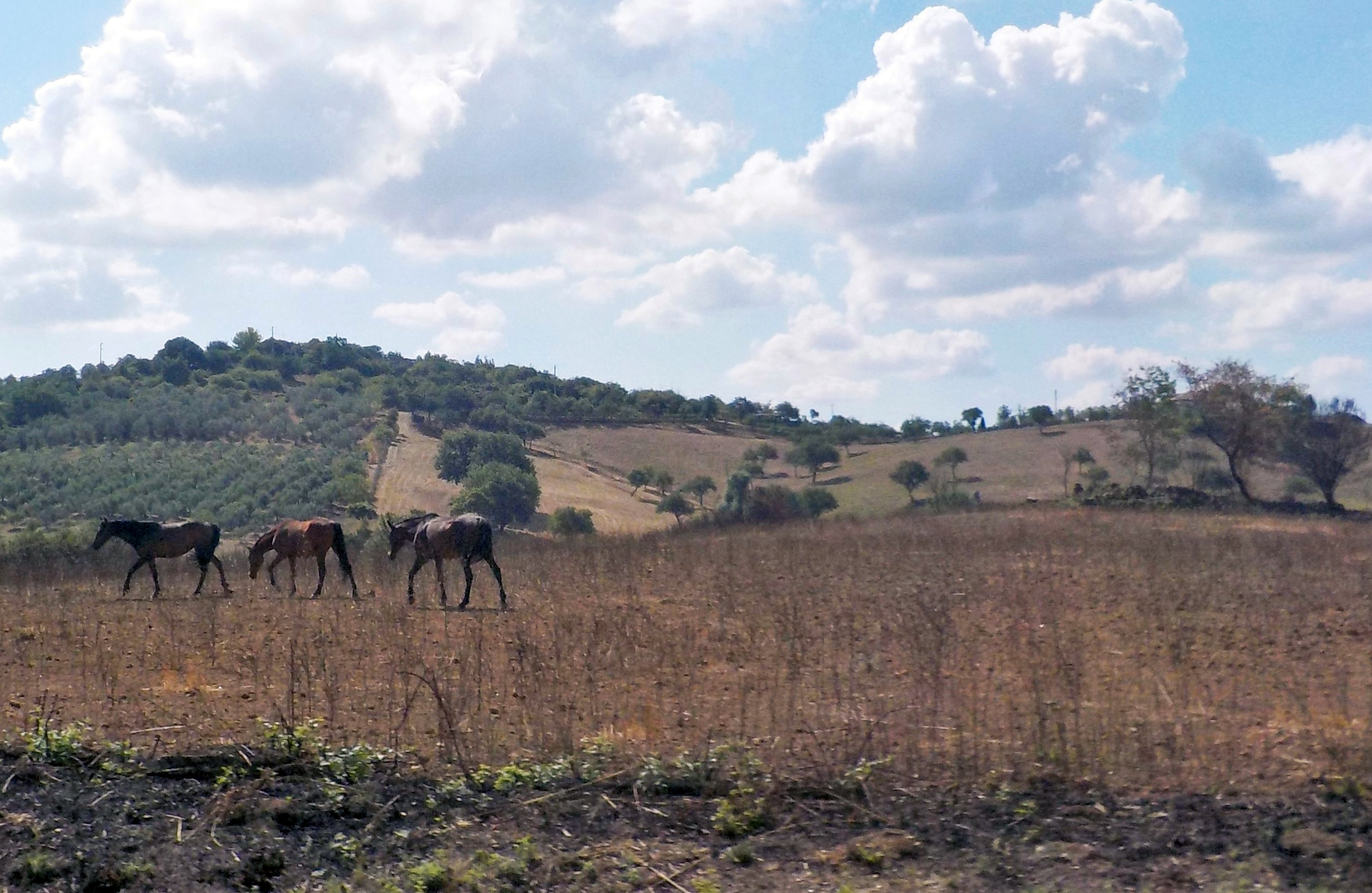Tuscia was the denomination attributed to Etruria after the end of the Etruscan dominion, in use starting from Late Antiquity and throughout the High Middle Ages. The name originally indicated a very vast territory which included all of historical Etruria: Tuscany, western Umbria and northern Lazio, which the various historical vicissitudes have divided into three macro-areas< /strong>: the “Roman Tuscia“, corresponding to northern Lazio with the ancient papal province of the Patrimony of San Pietro, which today is equivalent to the province of Viterbo and to the northern part of the province of Rome north as far as Lake Bracciano; the “ducal Tuscia“, which included the territories of Lazio and Umbria subject to the Duchy of Spoleto; the “Lombard Tuscia“, roughly the current Tuscany, including the territories subjected to the Longobards and constituting the Duchy of Tuscia.
Historical and contemporary use of the term Tuscia
The crown name Tuscia derives from the Latin Tuscia, the territory inhabited by the Tusci (or by the Etruscans), plural of the Latin Tuscus. From Tuscia, synonymous with Etruria, derive the name of the Tuscany region and the name of the municipality of Tuscania in the province of Viterbo. In medieval times, and until the end of the 19th century, Tuscia was used as a synonym, as well as Etruria, also of Tuscany. In contemporary use, the name Tuscia is also used to indicate the territories of Upper Lazio and the bordering areas of Tuscany and Umbria. The university founded in Viterbo in 1979 thus assumed the name of University of Studies of Tuscia.
Territory
During the decline period of the Roman Empire, the borders of Regio VII Etruria, one of the eleven included in the Augustan reform, remained stable. Etruria, roughly corresponding to present-day Tuscany, was included in Pliny the Elder’s list as a separate section of the Italian peninsula. Starting from Regio IX Liguria, with Luni, the borders reached today’s Lazio, up to Fregene, and also included the current province of Viterbo; going up towards today’s Umbria, they then reached the city of Perugia. With the Diocletian Reform the regions became twelve and the territory of Etruria was included in the Regio V Tuscia et Umbria. Finally, in the fourth century, after the first barbarian invasions, the regional partitions became seventeen and Tuscia and Umbria became the eighth region.
The borders remained unchanged until the new Lombard invasion, which caused a profound institutional change. The Tuscia et Umbria region was divided into two territorial portions: the north-western portion constituted the Tuscia Langobardorum which would merge into the Duchy of Tuscia, while the eastern portion became part of the Duchy of Spoleto. The two regions were separated by the “wedge” formed by the “Byzantine Corridor”, the intermediate territory which, at least on paper, allowed the passage in favor of the Byzantine Empire between Rome and Ravenna, capital of the Exarchate of Italy. Longobard Tuscia thus bordered on “Roman Tuscia“, the territorial portion of the Roman Duchy north of Rome.



